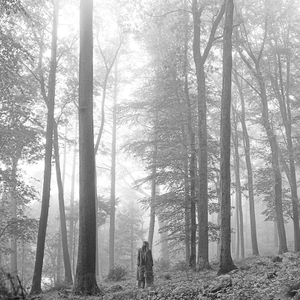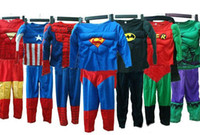Stamp: 100 Years of the Tyrolean Federation of Traditional Costumes (Austria 2008)
100 Years of the Tyrolean Federation of Traditional Costumes (Austria 2008)
26 April (Austria ) within release 100 Years of the Tyrolean Federation of Traditional Costumes goes into circulation Stamp 100 Years of the Tyrolean Federation of Traditional Costumes face value 75 Euro cent
| Stamp 100 Years of the Tyrolean Federation of Traditional Costumes in catalogues | |
|---|---|
| Michel: | Mi:AT 2728 |
| Yvert et Tellier: | Yt:AT 2556 |
| WADP Numbering System - WNS: | WAD:AT033.08 |
Stamp is horizontal format.
Stamp 100 Years of the Tyrolean Federation of Traditional Costumes it reflects the thematic directions:
Folklore is the body of expressive culture shared by a particular group of people; it encompasses the traditions common to that culture, subculture or group. These include oral traditions such as tales, proverbs and jokes. They include material culture, ranging from traditional building styles to handmade toys common to the group. Folklore also includes customary lore, the forms and rituals of celebrations such as Christmas and weddings, folk dances and initiation rites. Each one of these, either singly or in combination, is considered a folklore artifact. Just as essential as the form, folklore also encompasses the transmission of these artifacts from one region to another or from one generation to the next. For folklore is not taught in a formal school curriculum or studied in the fine arts. Instead these traditions are passed along informally from one individual to another either through verbal instruction or demonstration. The academic study of folklore is called folkloristics.
A coat of arms is an heraldic visual design on an escutcheon (i.e. shield), surcoat, or tabard. The coat of arms on an escutcheon forms the central element of the full heraldic achievement which in its whole consists of shield, supporters, crest, and motto. A coat of arms is traditionally unique to an individual person, family (except in the United Kingdom), state, organisation or corporation.
In clothing, a suit is a set of garments made from the same cloth, usually consisting of at least a jacket and trousers. Lounge suits (also known as business suits when sober in colour and style), which originated in Britain as country wear, are the most common style of Western suit. Other types of suit still worn today are the dinner suit, part of black tie, which arose as a lounging alternative to dress coats in much the same way as the day lounge suit came to replace frock coats and morning coats; and, rarely worn today, the morning suit. This article discusses the lounge suit (including business suits), elements of informal dress code.




